- Top
- Eating
- donburi-dish
- history and meaning of Oyakodon
History, meaning, definition and recipe of Oyako-don
Oyakodon is the Japanese traditional don dish!
Oyakodon which is also called chicken and egg rice bowl is Japanese traditional donburi dish made from egg, chicken, sliced scallion and other ingredients. "Oyako" means parents and child, "don" is an abbreviation of donburi and means rice bowl in English.
Oyakodon consists egg and chicken is popular, but there is another Oyakodon in Japan. It consists salmon roe(red caviar) called ikura in Japan and salmon. This dish is also called Kaisen Oyakodon(Seafood Oyakodon) to distinguish it from Oyakodon.
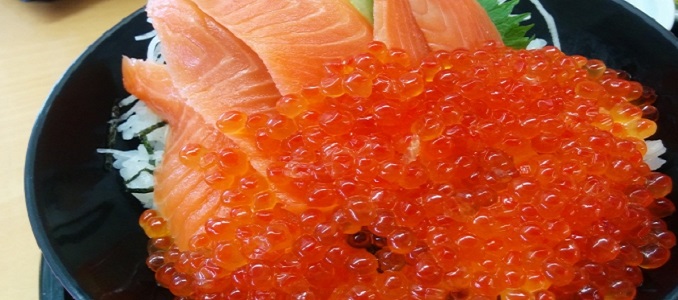
In general, Japanese people cook Oyakodon by simmering chicken and egg in the sauce. The sauce is made from Dashi, sake, mirin, sugar and soy sauce. They often use Hontsuyu or Mentsuyu sauce sold by Yamaki or Kikkoman to cook it faster or without dashi, soysauce, sake and mirin. It is possible to easily complete the cooking by simmering chicken and egg in these sauce diluted with water. These sauce are sold not only in many grocery stores in Japan but also in Amazon USA. Hontsuyu and Mentsuyu are called Japanese Noodle soup base in Amazon USA.
There are two theories about the origin of Oyakodon, Tokyo theory and Osaka theory. Both of them are in Meiji period(1868-1912), Oyakodon has the second longest history only after Gyudon. In the Tokyo theory, Tamahide at Ningyocho of Tokyo is the first restaurant starts Oyakodon. The wife of the 3rd owner of it saw that a customer poured left over soup of Sukiyaki over a rice after eating ingredients.
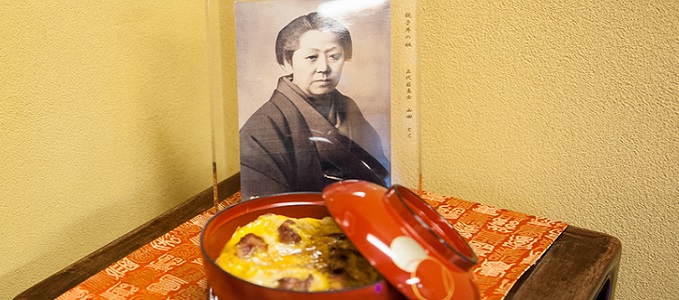
She boiled chicken and egg in a soup, and put them on top of rice to eat easily. At first, Tamahide served it only by delivery because Tamahide is Japanese tradiotional restaurant which mainly serve chicken full-course meal. However, Tamahide serve it not only by delivery from 1981. Nowadays, about 200 people go there and get in line for Oyakodon in lunch time.
In the Osaka theory, the chef of Japanese restaurant named Torikiku served a dish like Oyakodon for customer of the domestic exposition in 1903. This dish consits boiled chicken, scallion and Chinese cabbage with egg on top of rice. This restaurant closed now though there is a same restaurant in Osaka. Tamahide theory is more leading now.
In addition, there is some difference in Oyakodon depend on restaurants. Especially, there is a major difference between west of Oyakodon and east of it. Oyakodon of west is cooked by dashi based on kelp and light-colored soy sauce. Oyakodon of east is cooked by dashi based on dark-colored soy sauce and dried bonito shavings.
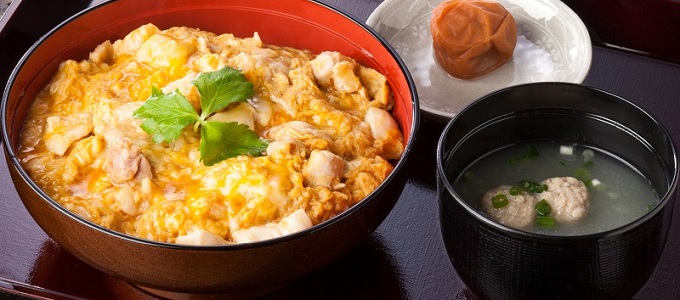
There is also a difference in using chicken part. Some restaurants use breast meat of chicken because it is low in fat. Their Oyakodon is usually lighty sasoned. However, this meat gets dry and brittle sometimes. The other restaurants use leg meat of chicken because it is fat meat than breast meat. Their Oyakodon is usually strong and juicy seasoned. However, some people may feel it is greasy. A few restautants use both meat.
By the way, there are some dishes derived from Oyakodon, Oyako-udon, Oyako-katsudon, Oyako-zosui and more. Oyako-udon is Oyakodon's ingredients on udon noodle insted of rice. Oyako-katsudon is deep fried chicken cutlet with egg on rice. Oyako-zosui is rice porridge with chicken and egg. In addition, there are some not "Oyako(parents and child)" donburi dishes, Itokodon, Tanindon and more. "Itoko" means cousin, it consits egg and duck instead of chicken. Tanin means others, it consists egg and beef or pork instead of chicken.
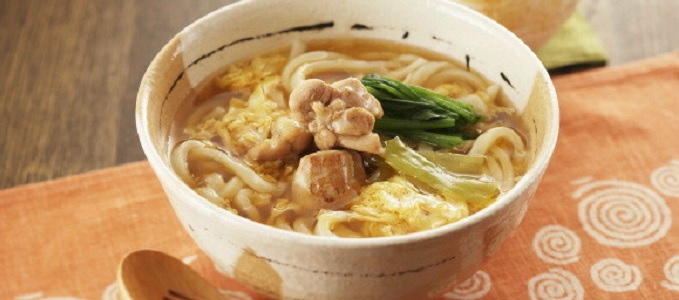
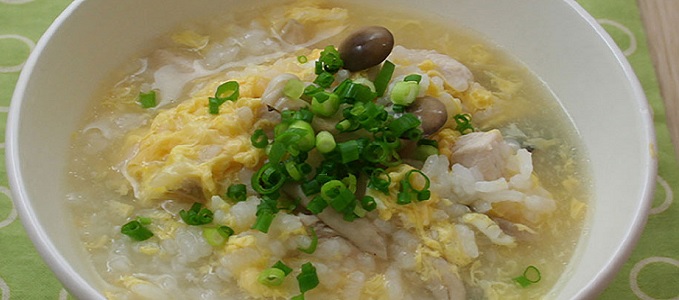
There are many restaurants serving Oyakodon. Not only restaurants specialize Oyakodon but also Yakitori(grilled chicken) restaurants, buckwheat noodle restaurants and Gyudon restaurant chain serve Oyakodon. Buckwheat noodle restaurants can serve it because it use dashi for buckwheat noodle. When you travel Japan, it might to be a good idea to eat Oyakodon. You can experience Japanese culture through it. If you can not eat it in Japan, you can cook it easily with buying Hontsuyu or Mentsuyu sauce.
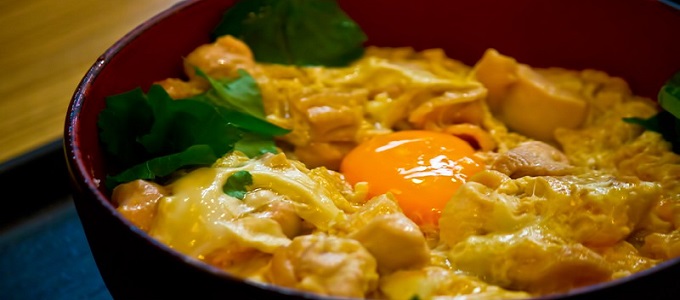
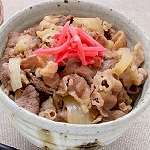 Gyudon
Gyudon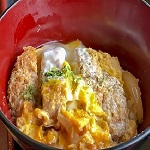 Katsudon
Katsudon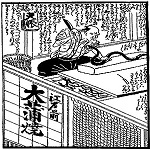 Unadon
Unadon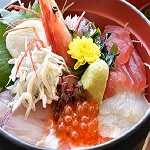 Kaisendon
Kaisendon